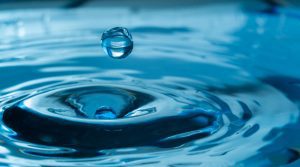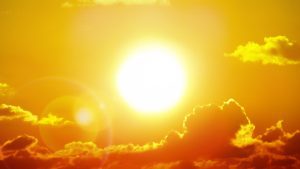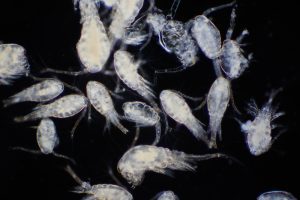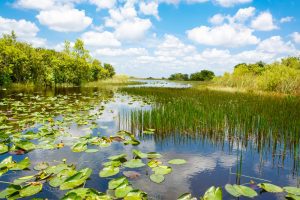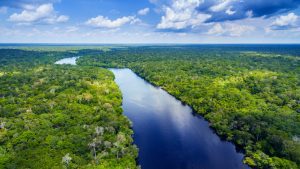The incredible natural beauty of the world around us is impressive enough, but once you explore the wide range of ecosystems and how many parts come together to support the environment, you’ll likely appreciate planet earth even more.
As a biological community of organisms interacting with one another and their natural environment, an ecosystem has several key parts, including living organisms such as producers, consumers, and decomposers.
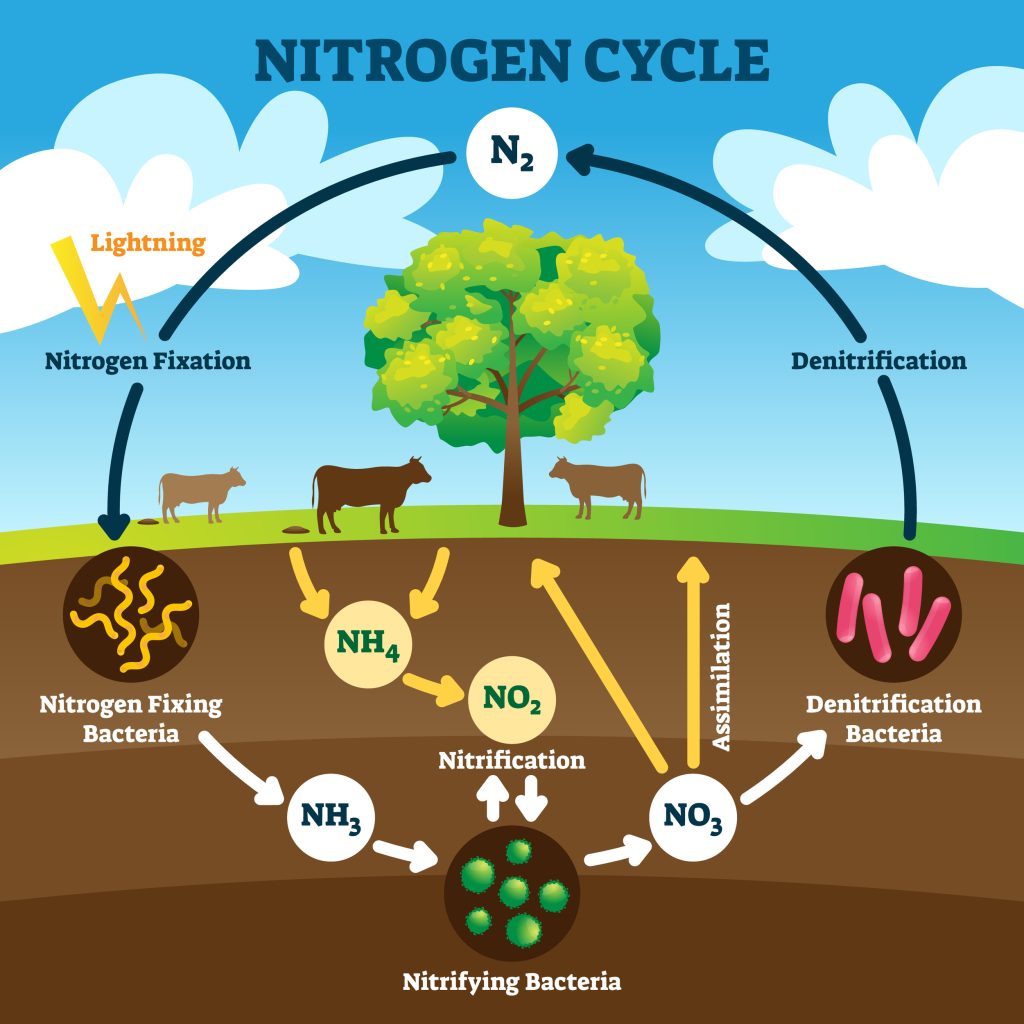
There are also abiotic components like water, air, light, and soil.
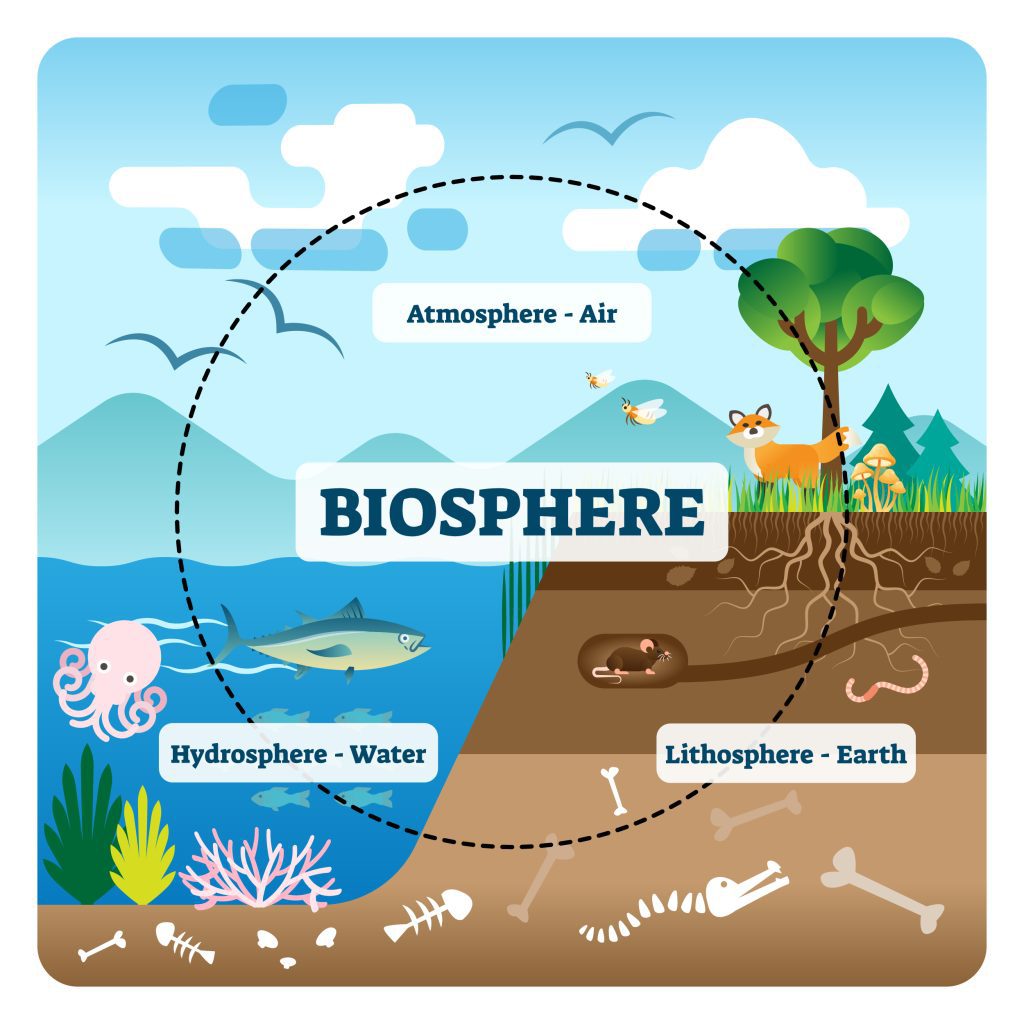
All plants and animals rely on their ecosystem to survive, and these complex, interconnected systems need ample water, air, and nutrients to grow and thrive.
Here are all the different parts of an ecosystem to keep in mind when exploring nature.
Table of Contents
What is an ecosystem?
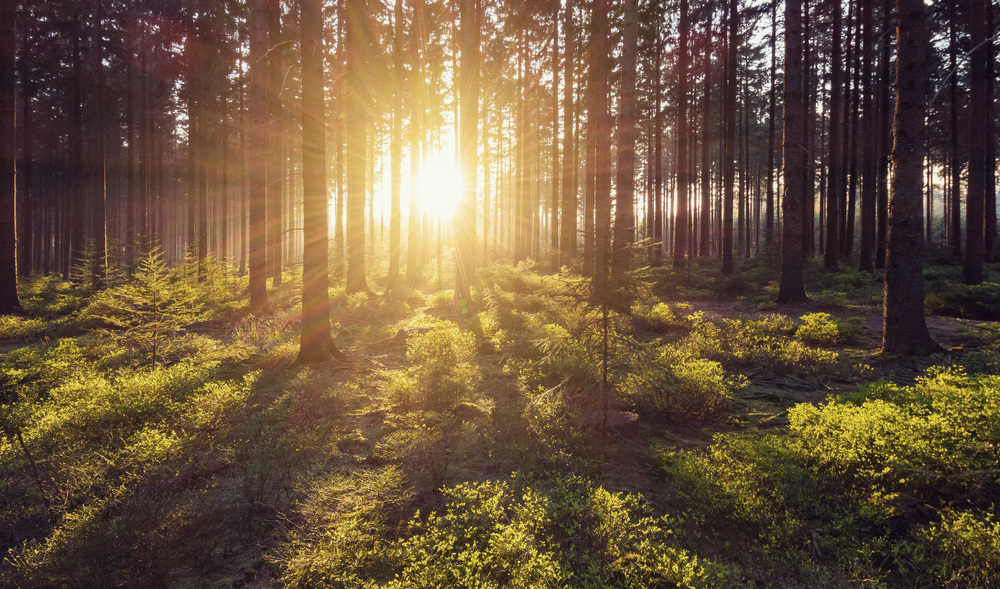
The world wouldn’t exist without ecosystems, which are geographic areas where all the plants, animals, and microorganisms are interconnected with the natural environment.
Think of it like a bubble where different life forms create a community, such as a rainforest or a coral reef.
Prairie, desert, forest, marine, and human ecosystems are other common examples, with the landscape and weather supporting a flow of energy and matter recycling/conservation.
Some ecosystems are more stable and resistant to threats, such as natural disasters, global warming, and climate change.
Ecosystems may be terrestrial, such as tundra, grasslands, and deciduous forests, or marine environments with high amounts of dissolved salt like the open and deep-sea ocean or coastal marine locations.
There are also aquatic ecosystems with more freshwater including rivers, lakes, estuaries, and wetlands.
How do ecosystems work?
Energy and matter are both conserved in ecosystems, which may be categorized more broadly into aquatic, forest, desert, grassland, and tundra biomes.
As a functional unit of the overarching environment, an ecosystem works by supporting the collective lifecycles of plants, animals, and microorganisms, including the effects they have on their environment.
Across marine, terrestrial, and aquatic ecosystems, there is a constant energy flow from light to heat as the matter is recycled and energy is conserved.
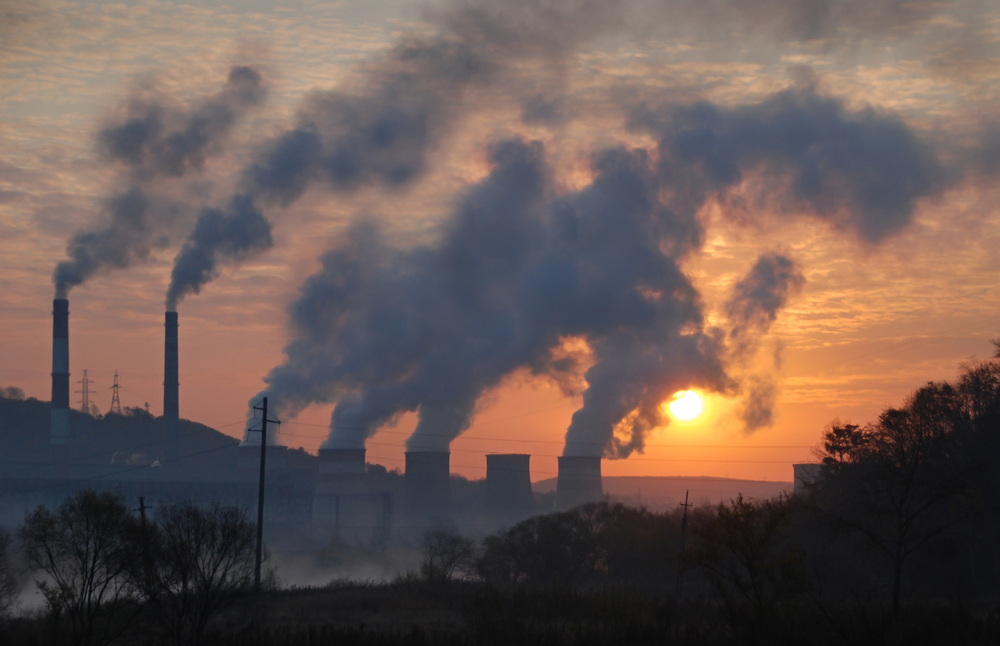
In most cases, increased biodiversity creates a more resilient ecosystem to protect against natural disturbances or disruptions caused by humans.
The cycle of life is key to how ecosystems work, as certain plants and animals have a longer lifespan depending on if they are predators or prey.
Each ecosystem is unique in its strengths and weaknesses, and some of these distinct environments are more hospitable than others.
What are the key parts of an ecosystem?
In an ecosystem, living things adapt to the surrounding environment, creating a tight-knit community of plants, animals, and landscapes.
Just consider your local ecosystem, whether you live near the coast or in the grasslands of the central U.S.
The plants and animals you see outside have adapted to the weather and terrain, giving them the highest chance of survival.
Certain life forms need to live in water or on land, with different light, air, and nutrient requirements.
Living organisms are considered biotic parts of an ecosystem, as plants and animals live alongside abiotic components needed for survival like air, light, soil, water, and temperature/humidity.
Some ecosystems rely more on light and soil, while others like the deep-sea ocean don’t have light at all.
All these different ecosystems are what make the earth so unique, with a huge variety of landscapes and geographic regions across every continent.
What are biotic parts in an ecosystem?
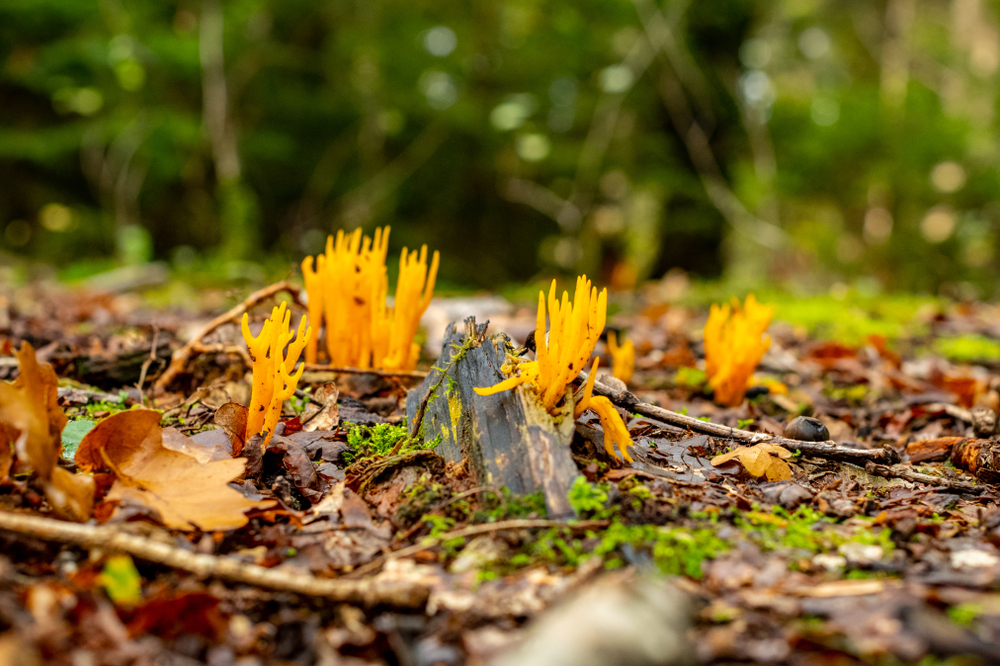
In any ecosystem, there are biotic and abiotic parts. The term biotic refers to living things like plants, animals, fungi, and bacteria, while non-living things are considered abiotic, such as air, soil, minerals, humidity, and temperature.
Biotic parts make ecosystems, and the earth in general, habitable through the food chain and circle of life.
Living organisms help others survive in a productive environment, with three distinct categories of biotic parts: producers, consumers, and decomposers.
Remember, every ecosystem needs a healthy mix of life forms, as larger animals feed on smaller ones and plants require certain light, water, and soil conditions to grow.
What are ecosystem producers?
As food sources in an ecosystem, producers are usually land or marine plants that use the sun for photosynthesis and energy production.
Producers naturally make everything they require to survive, including chlorophyll, and many herbivores and omnivores feed on these plants as part of the ecosystem life cycle.
Biotic parts, and producers, in particular, keep ecosystems balanced and healthy. For example, in an aquatic ecosystem, tiny plants called phytoplankton serve as food for zooplankton, small floating animal organisms that are consumed by little fish before they are in turn eaten by larger fish and marine creatures.
Eventually, many fish and crustaceans are consumed by animals and humans, all while producers continue to provide energy throughout the abiotic ecosystem.
Major changes in population or the environment may upset producers and their important role in the ecosystem.
What are ecosystem consumers?

Consumers are key biotic parts of an ecosystem too, as these living organisms feed on other plants and animals.
There are herbivores like cows and deer that rely on plant producers for energy, as well as carnivores that consume other species.
The biggest predators in every ecosystem are carnivores, with lions, wolves, and sharks as just a few examples.
There are also omnivore consumers that eat both plants and animals, which is the category humans and pets like dogs and cats fall under.
All in all, these consumers play a huge role in creating a balanced ecosystem, as too many consumers will cause a producer population shortage or vice versa.
Throughout all ecosystems around the world, overpopulation of consumers is a serious concern, as animals that rely on producers as a food source could be depleted.
When these systems fall out of balance, the entire biological community is at risk of destruction, which reinforces the need for a healthy balance in all environments.
What are ecosystem decomposers?
Finally, there are decomposers that complete ecosystem food webs along with producers and consumers.
Fungi and bacteria are decomposers that survive on dead organic matter, breaking down decomposing organisms and turning them into carbon dioxide and nitrogen.

These gases are necessary for soil nutrition and healthy plants, as well as the overall formation of the earth’s atmosphere.
Decomposers support consumers and producers in a complex cycle of life and death, and these microorganisms are found in ecosystems everywhere, from the tallest mountains to the deepest depths of the ocean.
Without decomposers, the entire ecosystem would be incomplete and unsupported in the long run.
What are abiotic parts in an ecosystem?
In addition to biotic parts of an ecosystem, there are also abiotic components, which aren’t alive but still play an important role in supporting the environment and all life forms.
Here are key examples of abiotic ecosystem parts required in different environments around the world.
- Soil. All plants need soil to survive thanks to the microorganisms and minerals inside the earth’s upper layer, including magnesium and nitrogen. Soil provides nutrition to plants and supports abundant food sources for animals.
- Water. Life on earth is made possible by water, which is where the earliest life forms originated. Plant productivity and growth are determined by water availability, and saltwater and freshwater sources support numerous life forms.
- Light. The sun provides ample light and heat to keep ecosystems functioning, whether it’s through plant photosynthesis for food production or a source of warmth for birds and mammals.
- Temperature and humidity. These factors vary by climate and play an important role in soil health, rainfall, and sunlight. Life is not supported at all temperatures, and as humidity affects plant transpiration, certain life forms prefer higher temperatures or humidity levels.
- Air. Oxygen and carbon dioxide within the atmosphere supports animals and plants as well as the overall water cycle. The atmosphere supports complex ecosystem interactions and keeps the biotic parts alive.

All of these abiotic components work with biotic parts of an ecosystem to create a successful environment where plants and animals can thrive, even in conditions that seem harsh to humans.
There are also urban ecosystems in heavily populated areas as ecosystems continue to evolve over time, supporting healthy, growing populations despite changing climates.


